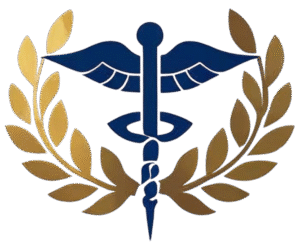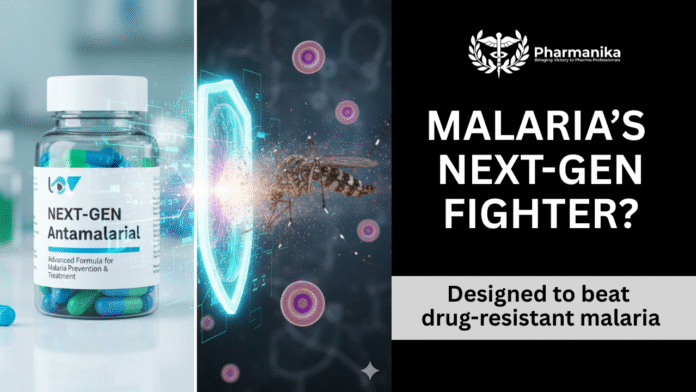Breakthrough Malaria Drug: What You Need to Know About Novartis’ New Treatment
Malaria’s Next-Gen Fighter? A giant leap for the treatment of Malaria
Novartis has shared promising results from its Phase III trials of a new malaria drug combination called KLU156, also known as GanLum. The medicine contains ganaplacide in combination with lumefantrine-SDF.
The drug discovery trial showed excellent cure rates.
- 97.4% cure rate using strict scientific testing
- 99.2% cure rate with standard analysis
This means GanLum works as effectively as today’s best malaria medicine, Coartem ®, which is widely used worldwide.
What’s so special about this drug?
- New Way of Killing the Parasite
GanLum contains ganaplacide, known as KAF156, a compound that attacks the malaria parasite in a completely new way by disrupting the transportation of proteins in its cells. This is different from artemisinin-based drugs and helps fight drug-resistant malaria.
- Developed After Huge Research
Testing 2.3 million molecules until finally finding ganaplacide demonstrates just the scale of the discovery effort.
- Helps Stop the Spread of Malaria
In addition to treating malaria, GanLum also targets mature gametocytes, the stage that spreads malaria from human beings to mosquitoes. This would mean the drug could help reduce transmission in communities.
What Did the Trials Show?
Malaria’s Next-Gen Fighter? This was a large Phase III trial called KALUMA, which included 1,688 people, adults and children from 12 African countries. One sachet of granules was taken by the patients once daily for 3 days. The side effects included symptoms very similar to regular malaria and nothing out of the ordinary. A longer follow-up study will continue up to 24 months in order to monitor long-term safety.
Evidence from Previous Studies
The earlier trials conducted across Africa and Asia also showed that:
- The once-daily combination worked well.
- Children under 12 responded safely and effectively.
- Results allowed going further, up to Phase III trials.
Global Partnerships & Development Efforts
Novartis worked closely with Medicines for Malaria Venture and the WANECAM2 consortium, involving research teams across Africa and Europe. These partnerships helped strengthen local research capacity to carry out long-term malaria work.GanLum already has Fast Track and Orphan Drug status from the U.S. FDA, which accelerates the development process. It will be offered on a not-for-profit basis in malaria-endemic regions by Novartis. The company has already provided 1.1 billion doses of the older malaria drug Coartem® at low or no profit.
Why This Drug Matters
- Increasing Drug Resistance
In large parts of the world, parasites that cause malaria are acquiring resistance to existing drugs. A new way of working makes GanLum a strong candidate to overcome this challenge.
- Helps Reduce Spread
By killing the stage of the parasite that transmits malaria to mosquitoes, GanLum can help break the transmission cycle.
- A Tool for the Future
Its unique action can make it an important part of future treatment guidelines.
Challenges Ahead
In addition, the question Malaria’s Next-Gen Fighter? promises regulatory approvals which have to be finalized in each malaria-affected country. Large-scale production and distribution of the medication will need to be planned and supported. Continuous monitoring for resistance remains necessary to avoid problems in the future. The drug. will be used alongside other tools for combating malaria, such as nets, vaccines, and diagnosis. A Game-Changer for the Future If approved, GanLum may be the most significant new malaria treatment in more than 25 years. Offering strong cure rates, the ability to reduce transmission, and a new way of attacking the parasite, it holds promise in the global fight against malaria, in a world where resistance to existing drugs is growing.




